Summer activities to help you prepare for a winter on the slopes
Many skiers wish winter could last forever, but even in the coldest places, spring and summer eventually come. However, plenty of summer sports can help you work the same muscle groups and balance that skiing requires.
Here are some summer activities that may help you get ready for ski season.
Rollerblading
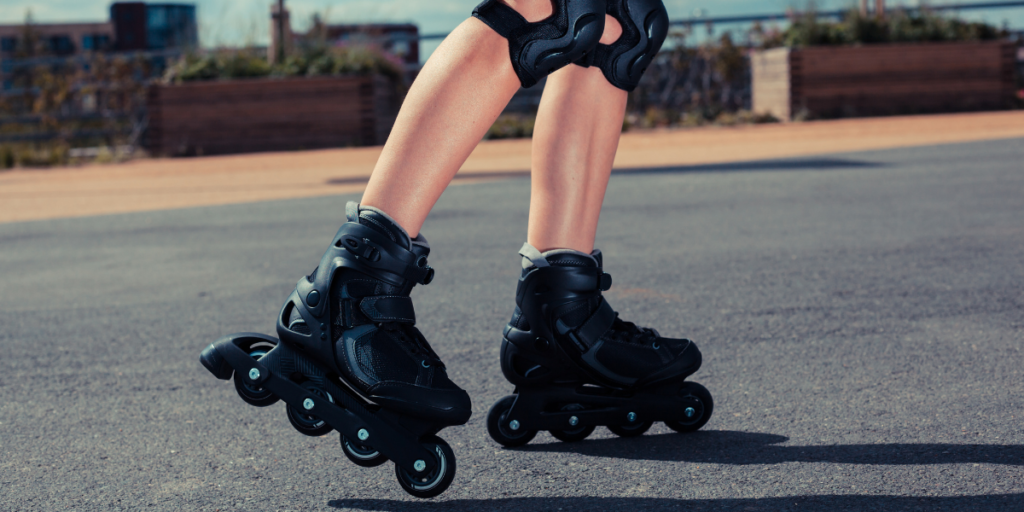
Helps you train
- Legs, core, ankles
- Balance and coordination
- Turn technique
Why Rollerblading?
Rollerblading is a great summer sport to help you get ready for ski season. It utilizes many of the same muscles as skiing: quads, glutes, core, calves, ankles.
Additionally, the balance required for rollerblading is also similar to the balance required for skiing. Having a more forward center of gravity will help you achieve higher speeds and better balance on rollerblades.
To make rollerblading feel even more like skiing, try doing some slalom turns down a hill. You can control your speed on rollerblades by turning similar to how you can on skis, and carving tight turns on rollerblades will likely feel similar to making small radius turns on the mountain.
To do slalom turns on rollerblades, you have to shift the pressure from one skate to the other, similar to how you shift your weight between your skis when turning on snow.
Hiking
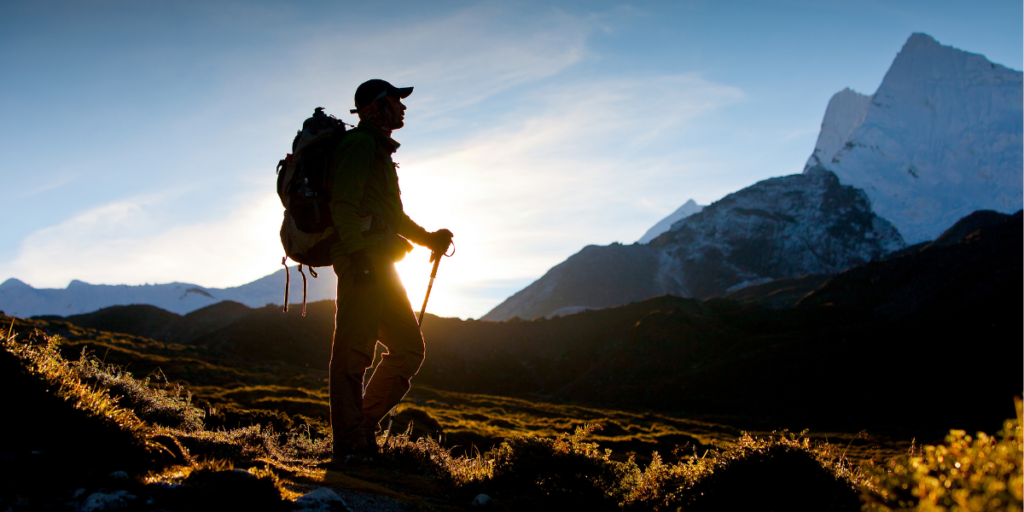
Helps you train
- Legs, core, ankles
- Balance and coordination
- Endurance
Why hiking?
Hiking is a fun way to get in the mountains, even though you can’t ski on them. Many ski areas have hiking trails open in the summer, along with summer activities in the resort.
A good hike will work out your legs, core, and ankles, and require more balance than a walk around the block. Hiking uphill works your quads, glutes and calves. Meanwhile, hiking downhill engages your core and ankles for balance.
Summiting a mountain by foot or hiking loops around a pond or park will also help you build endurance. Endurance is important for skiing, especially in moguls, glades, and steep terrain.
Horseback Riding
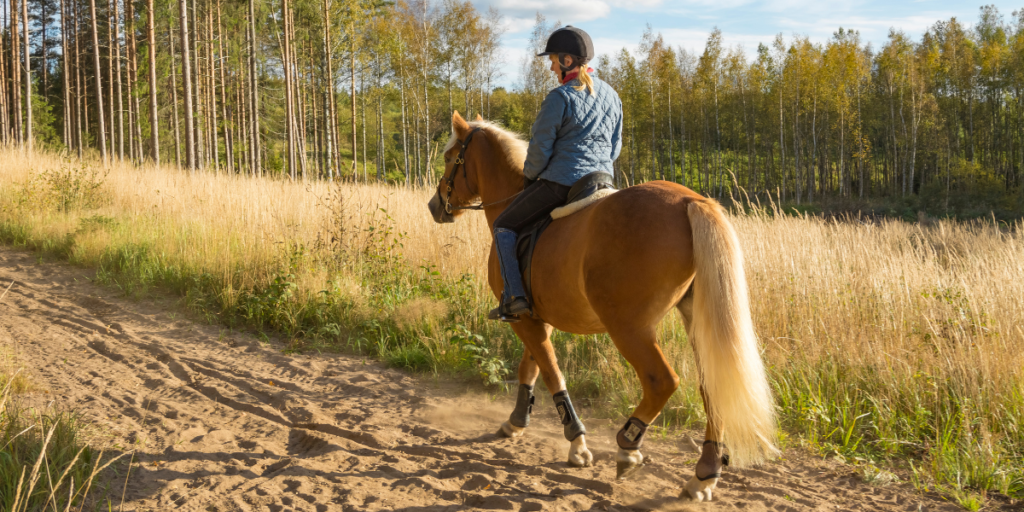
Helps you train
- Core, legs
- Balance
- Directional movement
Why horseback riding?
It isn’t super obvious why horseback riding makes a good cross-training sport for skiing, but it is one. Horseback riding requires a lot of core strength, which is important for skiing.
Balancing on a horse actually recruits a lot of the same core muscles required for good balance on skis, and it also engages your glutes and calves. Horseback riding also requires excellent posture, which will help you on the slopes as well.
Steering a horse also requires shifting your weight and balance to lead the horse in the right direction. Similarly, you steer your skis by manipulating your center of gravity and weight distribution.
Paddle-boarding
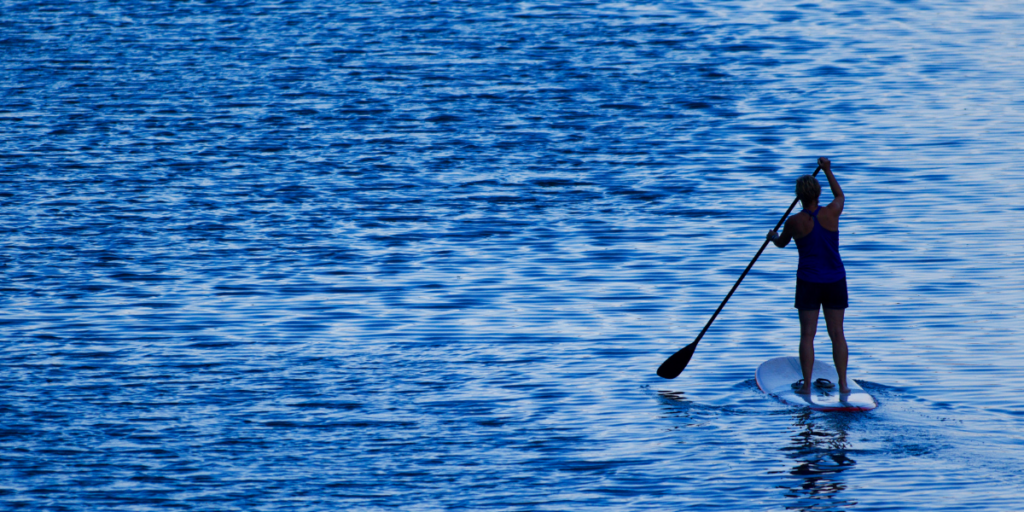
Helps you train
- Balance
- Upper body
- Fluidity
Why paddle-boarding?
Paddle-boarding requires a similar balance to skiing. Balancing on a somewhat unstable board recruits many small muscles in your lower legs and feet, which can translate to better balance on skis.
Additionally, the waves of the water further adds to the challenge of balancing a paddleboard. Absorbing the waves with your legs is a similar balancing movement to how you would absorb moguls or rollers while skiing.
Paddle-boarding is also a great core and upper body workout. Your core is crucial to skiing, and upper body strength is also important. Maintaining strong arms can help your overall skiing form.
Waterskiing
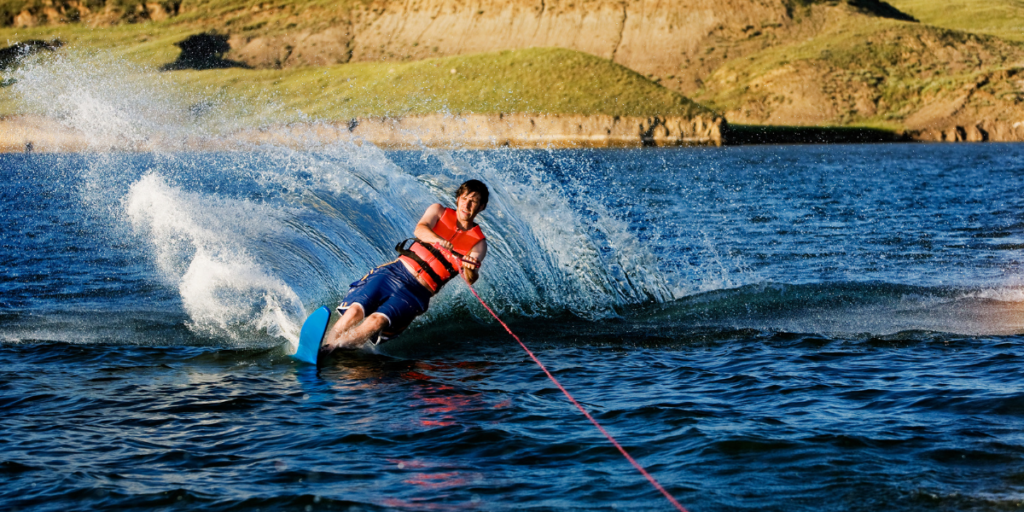
Helps you train
- Balance and coordination
- Core strength
- Endurance
Why waterskiing?
It is an obvious comparison: skiing + water = waterskiing. Whether you are skiing on water or water in its frozen form, a lot of the movements and balance are the same.
Waterskiing involves very similar balance and muscle groups to snow skiing. Balancing on water is arguably a greater challenge than balancing on snow. Many pro skiers like Lindsey Vonn have famously tested their waterskiing skills in the off season.
Waterskiing is a fun, high-energy sport, and it is a killer workout for your core that also tests your muscular and cardiovascular endurance.